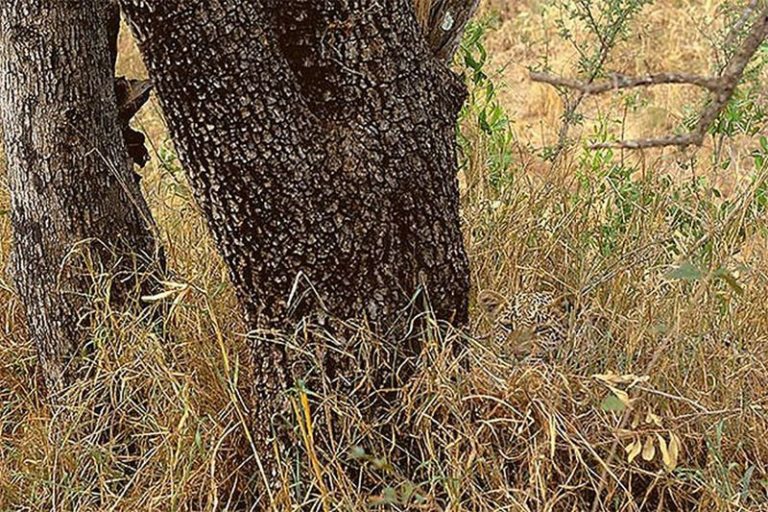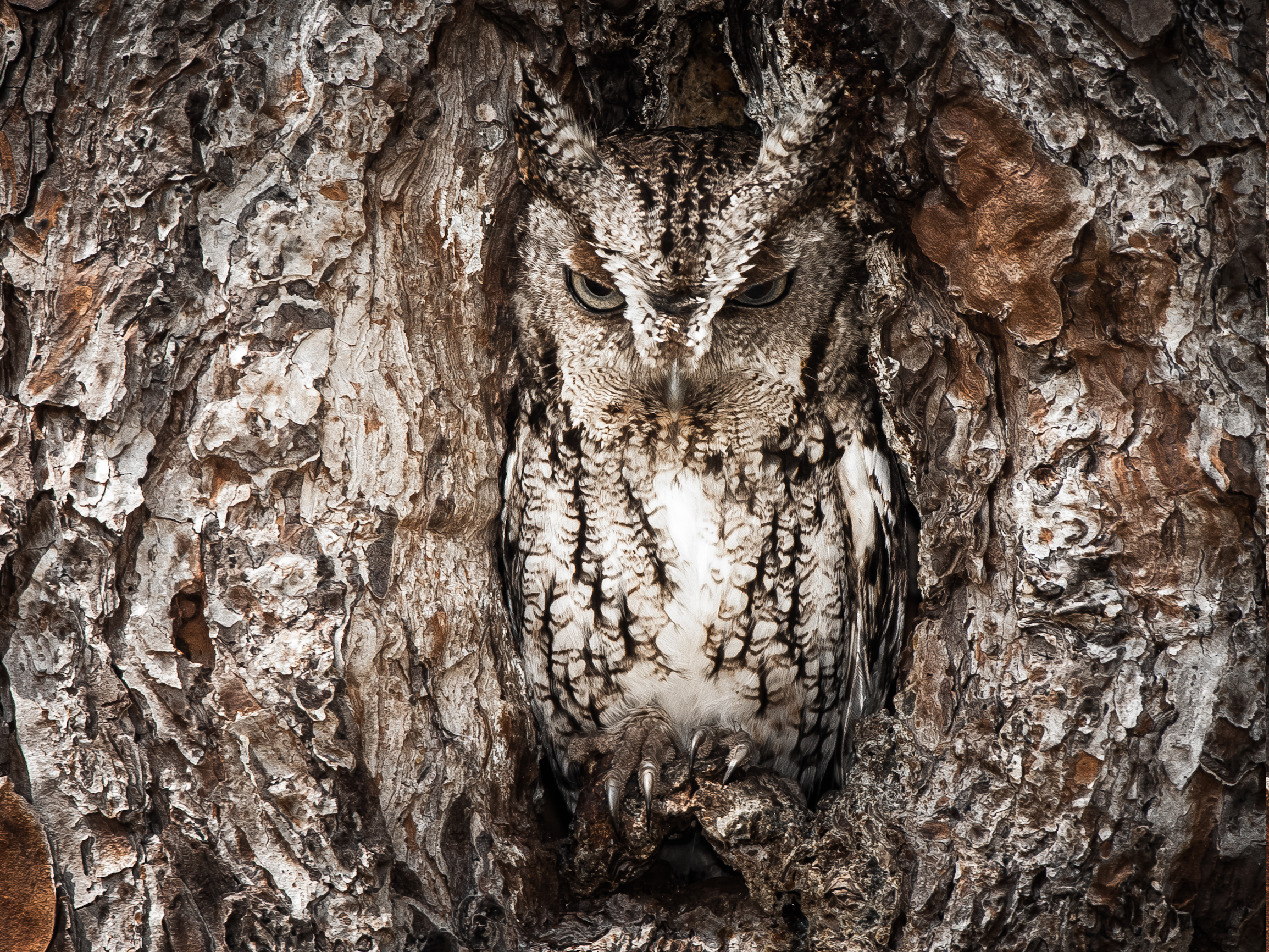

One of the most commonly encountered of these patterns, and one particularly associated with the Algerian War (1954-1962), is the striped or brushstroke pattern referred to in many historical and collecting circles as " lizard" pattern. The first postwar French camouflage patterns began to emerge around 1951. Although only used on parachute shrouds, these were often hand-cut into personal neck scarves by French military personnel and worn as a kind of cravat.

Emerging in the early 1950s, the patented Luceber parachute produced for the French Army was printed in a unique pattern of black and green squiggles on a sandy background.Produced in France using original WW2 era German printing screens, the 1950 reversible pattern zeltbahn incorporates splinter type shapes in green on a khaki background on one side, brown on khaki on the other.The shelters were used by French troops fighting in Indochina, although the splinter shapes in the French pattern are all connected, whereas some on the German version can be seen to stand alone. France actually produced a copy of the WW2 German splinter pattern camouflage zeltbahn shortly after the end of the Second World War.An example of early hand-painted camouflage developed by the 'Section de Camouflage' during World War One is seen here.Since the early 1990s, French forces have retained camouflage clothing as their standard operational uniform.įrench Camouflage Patterns Early French Camouflage Periods of development by private companies, particularly in the early 1980s, led to a handful of experimental patterns such as those produced by Texunion in 19, but it was not until the events leading up to Operation Desert Shield/Desert Storm in 1990-91 that the French government once again embraced the idea of clothing military personnel in camouflage uniforms. Throughout the period ranging from the 1960s into the early 1990s, French military forces, like many of her European counterparts, were officially clad in plain olive green. This pattern would become a symbol of French airborne and commando troops (and, indeed, of the French Army as a whole) for the remainder of the century, despite the fact that widescale French use of the pattern was discontinued at the end of the Algerian War. By 1951, however, France began implementing her own brand of camouflage, the tenue de leópard (leopard uniform), influenced by the WW2 era British brushstroke design. Heavily supplied by her former wartime Allies, many elite French units serving in Indochina wore surplus American M1942 spot pattern jungle uniforms or British m42 windproof camouflage uniforms, often custom-modified or locally tailored to French standards from original cloth. With the rise of nationalist movements immediately following the end of WW2, vastly under-equipped French forces found themselves quickly re-engaged in a different kind of conflict in the First Indochina War (1946-1954). These hand-made uniforms were most often worn by snipers and reconnaissance elements operating on the front lines, and were never adopted or mass produced to any degree.ĭuring the Second World War, airborne and commando elements of Free French Forces frequently donned the hand-painted " brushstroke" camouflage Denison paratrooper smocks common with the British and other Allied Airborne Forces. Produced by the Army's Section de Camouflage, under Eugene Corbin, several styles were tested, including uneven blotches, spots and stripes. 1.3 Other Camouflage Patterns Worn by French Armed Forcesĭuring the First World War, France experimented with hand-painted camouflage designs for some of her troops fighting in Europe.1.2 Experimental French Camouflage Patterns.


 0 kommentar(er)
0 kommentar(er)
